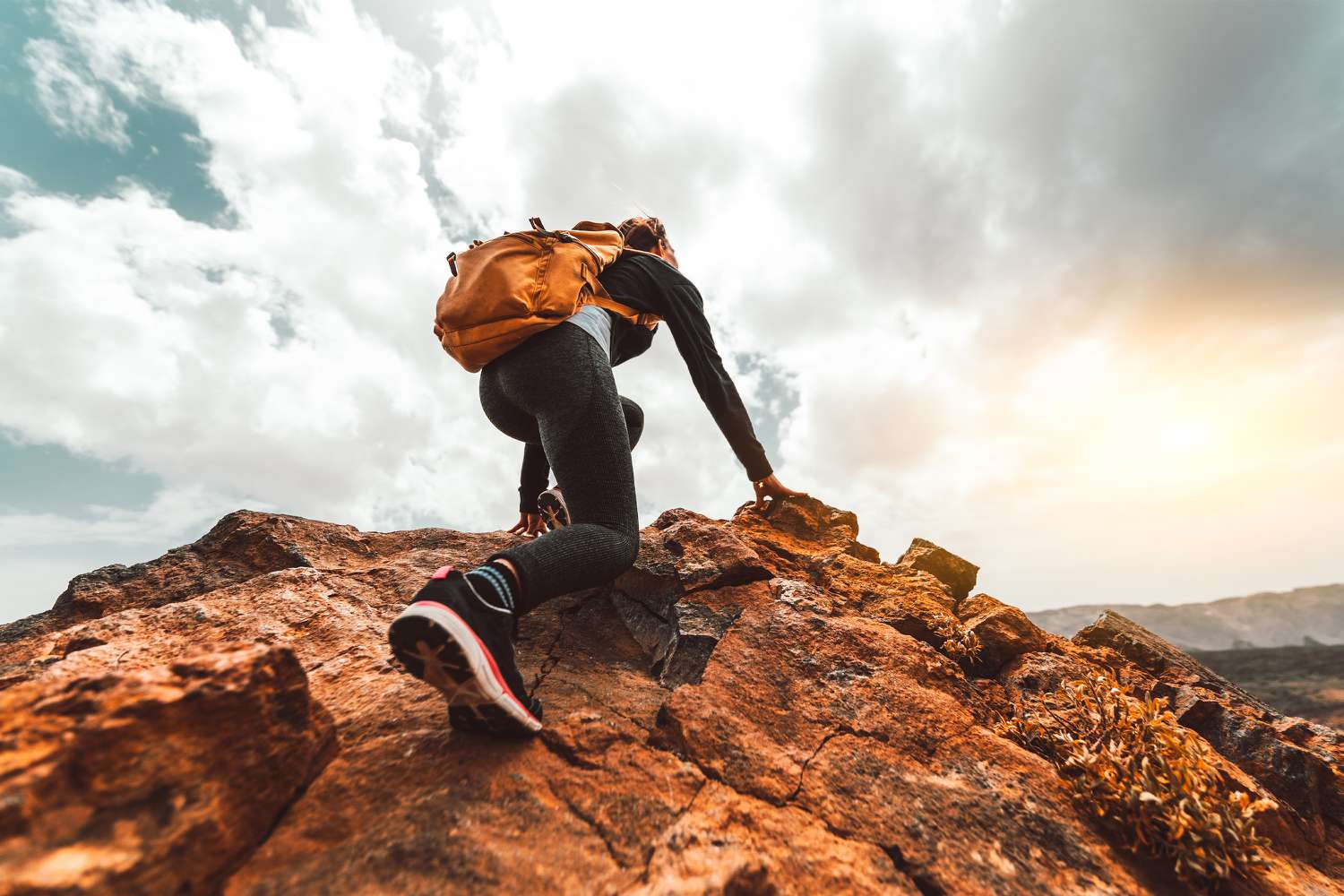A Must-Read Guide for Comfort and Safety While Hiking: What to Wear

Hiking is one of the most prominent outdoor activities in the U.S., and its popularity continues to climb. As more trail networks and tourism services pop up, more attention and participation in the sport develops. It's no wonder people are flocking to the hills, mountains, and trails—the physical and mental health benefits of being in nature and moving your body among the trees, wildlife, and coastlines can be felt as soon as you take a lungful of fresh air.
To thoroughly enjoy your hiking adventures, you must know what to wear for comfort and safety in all environments. Read on for valuable tips and suggestions to help you make informed decisions about your clothing options, ensuring an enjoyable and successful hiking experience.
Hikers can face diverse and challenging terrain, weather conditions, temperature fluctuations, and potential hazards such as animals, plants, and obstacles. It is vital to wear clothing that offers protection against the elements, including sun exposure, wind, rain, and insects.
Layering to adapt to changing weather conditions and maintain the body temperature is a good idea so you can be ready for abrupt changes in the environment throughout the day or as you gain elevation. Balancing protection against elements and wildlife with keeping your body cool and dry requires the right kind of materials so you can stay safe and comfortable.
Moisture-wicking and breathable fabrics help manage sweat and keep the body dry during exertion. Choosing lightweight, quick-drying materials will help prevent discomfort and chafing. It's wise to use a moisture-wicking base layer under the rest of your clothing so you have a barrier that wicks sweat to keep you cool and doesn't rub or bunch up, causing discomfort. These base layers are typically thin and will fit nicely underneath the rest of your clothing.
Follow a lightweight base layer with insulating mid-layers, particularly if you are hiking in cooler climates, will be outdoors or in a tent into the evening or night, or at elevations that can become colder. If necessary, follow this with a weather-resistant outer layer based on the anticipated climate. Consider something that is water and windproof while providing enough warmth for your trek.
Any well-designed hiking outfit starts with a well-fitting, supportive pair of hiking boots or shoes to provide comfort, stability, and protection for the feet and ankles. With the proper footwear, you could avoid getting cold, wet, sore, or covered with blisters, which will put a damper on your hiking adventures. Next up is moisture-wicking socks which will prevent blisters and promote overall foot health.
Depending on the terrain and personal preference, lightweight, quick-drying pants or shorts will keep you cool, dry, and comfortable while preventing chafing and providing protection from the elements. It's best to choose pants if you trek through any wooded, bushy, or overgrown areas to protect yourself from ticks and other biting insects, thorns, and plants that can cause rashes or scratch the skin. Likewise, depending on your environment, a lightweight, moisture-wicking long-sleeved shirt or short-sleeved t-shirt can offer the same benefits. You may also wish to wear a shirt with built-in UV protection to protect against sunburn.
Wearing a wide-brimmed hat or a cap to shield the face and eyes from the sun is also wise, along with sunglasses with UV protection (ideally polarized to reduce glare and eyestrain) to safeguard the eyes against harmful sun rays.
Carrying a backpack to store essential items such as water, snacks, extra clothing layers, a first aid kit, navigation tools, and emergency supplies is vital. According to Project Untethered, hiking is relatively safe, but there are still four deaths out of every 100,000 hikers, with all kinds of hazards that also lead to injuries. It's best practice to be prepared for the worst while expecting the best.
First and foremost, ensure you wear sunscreen to protect exposed skin from sunburn and potential long-term damage. Burns can be excruciating and cause long-term effects. It's also vital to choose appropriate clothing for specific hiking activities, such as waterproof gear for river crossings or high-visibility clothing for hiking during hunting seasons to prevent discomfort and dangerous accidents.
Speaking of discomfort, wearing bug repellent and taking additional protective measures against ticks and other insects, depending on the hiking location, will significantly improve your enjoyment of the great outdoors. You will inevitably share the trails with annoying and potentially dangerous insects, so preparing for this outcome is your best bet.
Reputable outdoor clothing and gear brands known for their quality and durability include REI, Columbia, Patagonia, The North Face, Arc'Teryx, Marmot, REI, and Outdoor Research. You can find affordable options by shopping sales, clearance items, outlets, and looking for used items from online and in-person resellers.
Try researching reviews and combing through customer feedback to ensure the chosen clothing meets the specific needs of hikers, especially if you have unique needs, such as petite sizing or plus sizing. Prioritize comfort, functionality, and durability when selecting hiking clothing. Sometimes paying more upfront for a durable, quality item can pay off over time since you won't have to replace it as frequently (or ever). Some stores even offer repairs and lifetime replacements.
Hiking provides a wealth of benefits for your mind and body, but to make the most of it, facing the facts of the less-than-ideal variables nature can throw at you will help you stay safe and comfortable. Wearing appropriate attire is the first step in ensuring an enjoyable hiking experience. When choosing hiking clothing, consider the environmental conditions and potential hazards you could face. Apply these tips and suggestions to make informed decisions, ensuring comfort, safety, and readiness for any hiking adventure.




